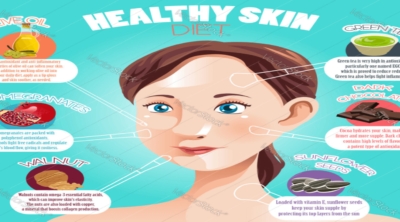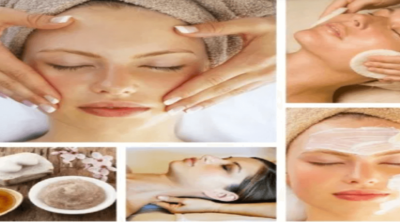
Glycolic peel is most popularly used due its natural acid content. However, it does have its own side effects. The following article provides information about the various side effects of this facial treatment.
Glycolic acid belongs to the family of alpha hydroxy acids. This naturally-occurring acidic component is found in several fruits like sugarcane, pineapple, unripe grapes, and cantaloupe. This acid which is present in the chemical peel is obtained from these natural sources. It has several benefits for the skin. The size of glycolic acid molecule is so small that it readily penetrates into the skin and improves the skin condition quite fast. Moreover, it has excellent exfoliating properties that removes the dead skin cells and gives you a healthy glowing skin. Thus it helps to get rid of acne scars, skin discoloration, wrinkles, etc.
Side Effects
There are three different types of glycolic peel: light, medium and deep. Light peel tends to show least number of side effects while deep peel show the most. Some of the most commonly found side effects are as follows:
- Soon after peeling, heavy facial swelling may occur. The swelling is maximum for a few hours after the treatment. As the skin heals up, the swelling decreases with passage of time.
- Swelling is often accompanied by reddening of the skin. This happens when the outer layer of the skin is peeled off and the underlying layer is revealed which is pinkish in color.
- Some people may get small white patches on the skin. This is a temporary phase which lasts for a few days to a week.
- Many people complain about an itching sensation on the skin surface just after the treatment. The intensity of the itching may vary from mild to moderate. This lasts for the first few days only.
- The skin tends to become highly sensitive. As a result, one experiences a mild stinging sensation and irritation all the time. It gets aggravated if the treated skin is exposed to sunlight. Therefore, it is advisable to keep the area covered when going out. Most importantly, apply a generous amount of sunscreen lotion with a SPF value more than 25 on the treated skin.
- During healing of the skin, scaling may occur. It is nothing but a crust of dry, dead skin cells which will fall off after a few days.
- Those who undergo deep treatment experience unbearable pain during and after the treatment. This kind of pain is controlled with the help of pain relieving medicines.
- A change in the skin tone may occur in some cases. Unfortunately, this is a permanent change. Like other side effects, this does not subside after some time. This is mostly found in pregnant women undergoing this treatment, those who have a family history of skin discoloration, and those who are taking birth control pills.
- One of the rare side effects is scarring of the skin. This is more common in people with medical history of cold sores, fever blisters, and keloid scarring. In such cases, extra precautions are needed to avoid this kind of scarring. Dermatologists recommend the use of antiviral medicines before this chemical peel treatment.
- If the peel is used every day, then it may lead to severe dryness of the skin. The skin may become so dry that it may start peeling.
- While using glycolic acid for acne, one has to be extra careful about the concentration of the peel. Using a deep acid peel for acne prone sensitive skin, can damage the skin surface and it may look like a sunburned skin.
Many of these side effects show up when it is not used correctly. They can be minimized with the help of a few precautionary measures.
- Avoid overuse of the chemical peel.
- Use the right strength of the chemical peel.
- Select a light peel for using once a week.
- Use a high strength peel for not more than once a month.
- Avoid using makeup or other skin care products post treatment.
- Always do a patch test at the side of the face before using glycolic peel for the first time.
People with a medical history of skin problems, are advised to consult a dermatologist.
Disclaimer: This BeautiSecrets article is for informative purposes only, and should not be used as a replacement for expert medical advice.


